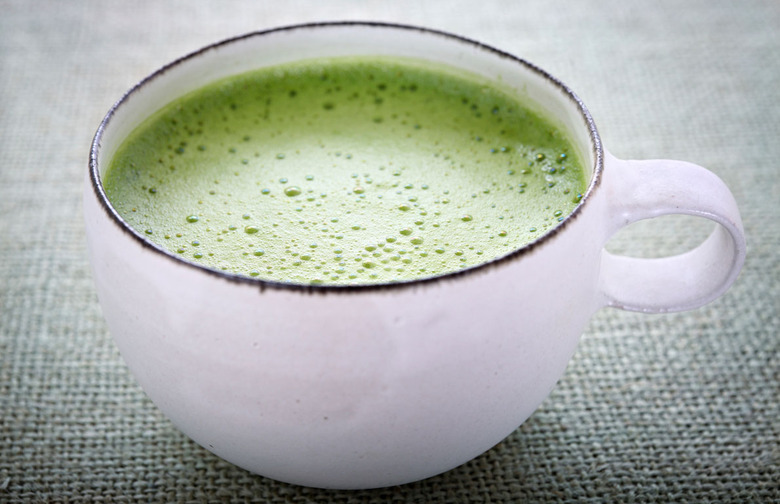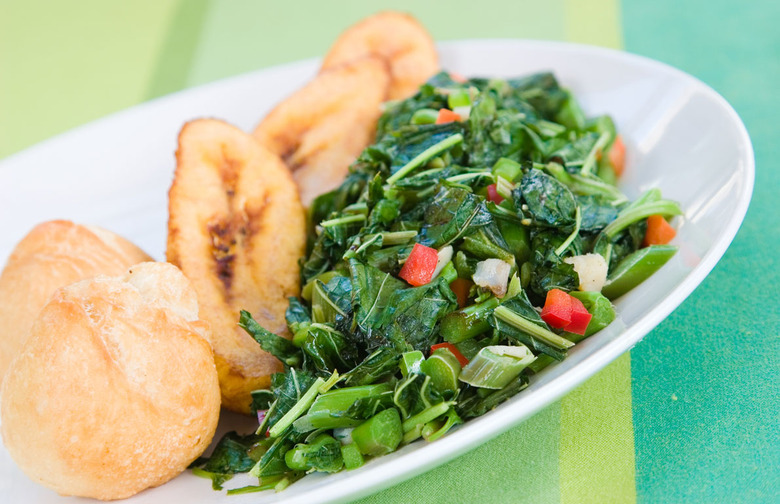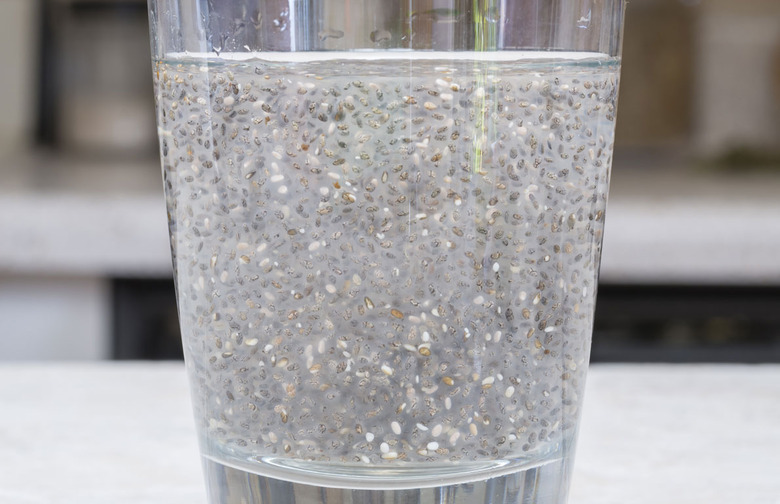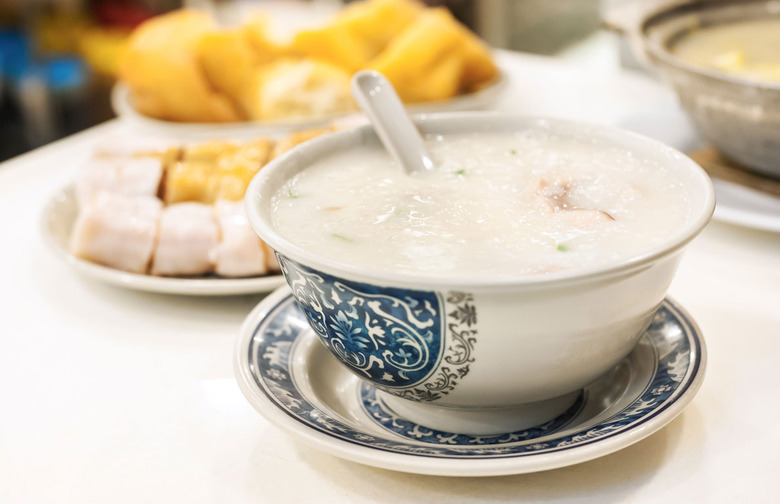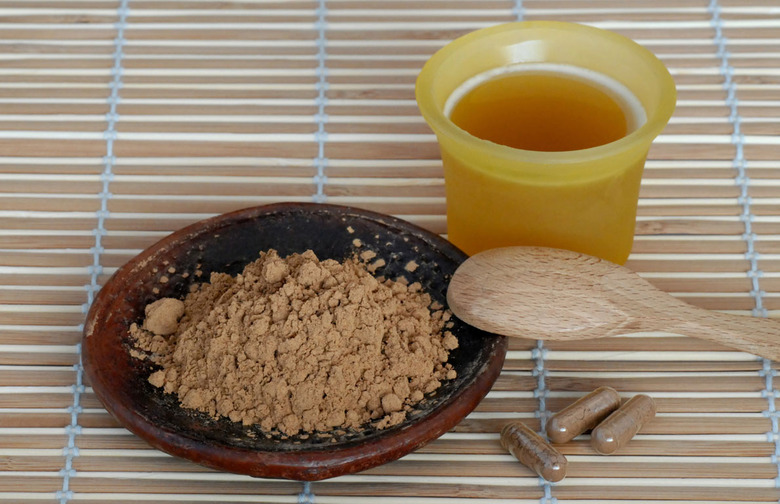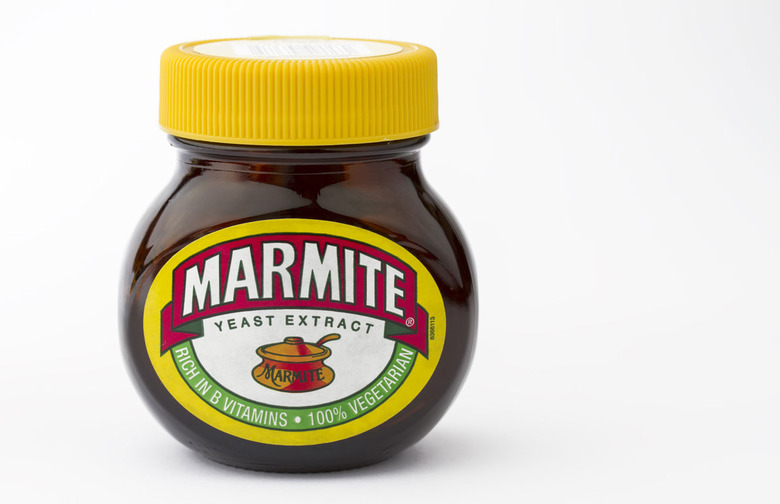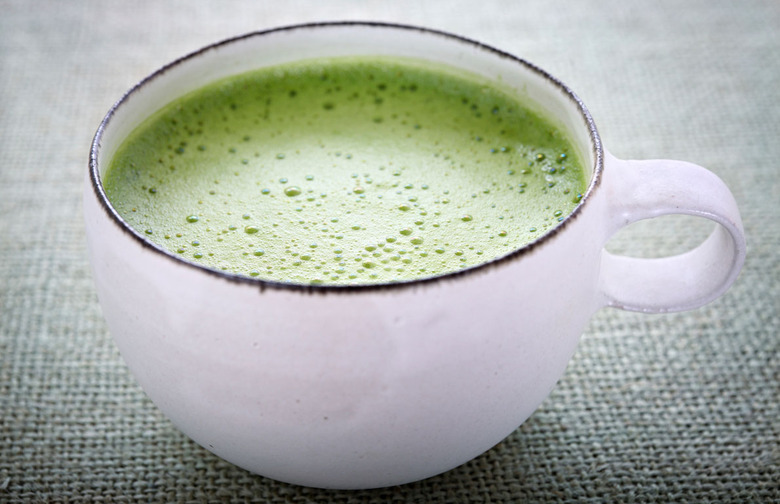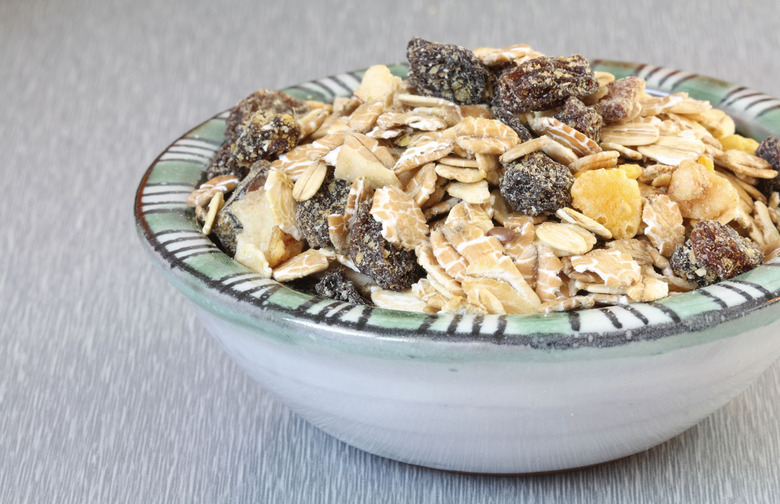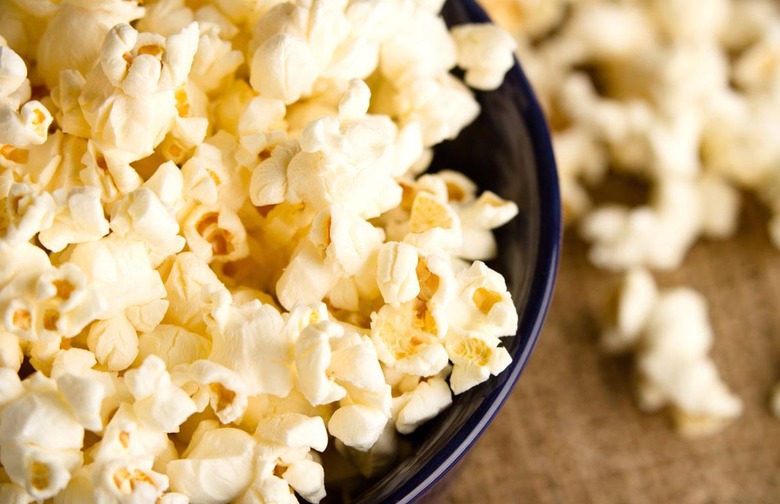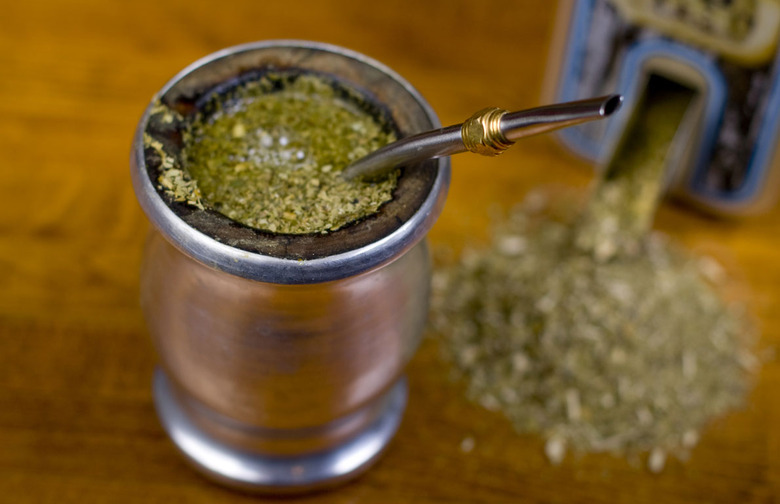9 Energy-Boosting Foods Around The World
Most days, we need to be "on" — to give big presentations, optimize workflow, or just feel less drowsy and lethargic. Sometimes, coffee simply doesn't cut it, and we look to actual meals to give us energy or buy the newest drink that promises to perk us up. Feel like you've tried every energy-boosting solution in America? Here are nine foods and drinks from around the world that make you alert, active, and ready for whatever the universe throws your way.
Callaloo (The Caribbean)
Callaloo is a leafy green stew of amaranth, taro, water spinach, or other similar leaves — vegetables that actually becomes more nutritious when cooked. The stew has four times as much calcium as broccoli, and is rich in iron, antioxidants, and energy-boosting carbohydrates that exist as a result of the water in the dish turning some of the fiber in the leaves to starch.
Chia Fresca (Mexico)
A darling seed of health food fanatics, chia seeds pack in a lot of nutrients in a few small pinches. They are rich in fiber as well as protein, which helps sustain energy after the initial jolt. Instead of spending money on a sugar-heavy chia juice at the supermarket, just add a few chia seeds to water and squeeze some lime into it; this creates chia fresca, or iskiate. The Aztecs believed that chia seeds could sustain warriors for up to 24 hours.
Congee (China)
Congee is a rice porridge that can be eaten with fruits or savory items like chicken. Eaten plain, it provides a quick dose of simple carbohydrates, but as a result of the structure of rice grains softening in hot water for a long time, the starch is more evenly distributed and thus easier to digest. In other words, it won't sit in your stomach and land you in a food coma. Congee is eaten in various Asian countries — not just China — and since it is so versatile, each country has different flavors and additions for the dish. Why not add some of the other foods on this list to congee and see what happens?
Guarana (Brazil)
This berry, which is most often consumed in a powdered form and added to soft drinks, has a key ingredient (guaranine) that is virtually the same as caffeine. The difference is that while caffeine is one of a few naturally occurring chemical compounds in guaranine, guaranine contains more neutralizing alkaloids. Unlike caffeine, fruit-derived guaranine benefits from phytonutrients and fatty molecules in its seeds, which enables the guaranine to be absorbed gently over a period of time and thus have a milder effect on the body (but the same energizing effect on the mind). It is the most common source of caffeine in South America.
Marmite (United Kingdom)
Nutritionist Dale Pinnock says that marmite, with its high concentration of B vitamins, is directly involved in creating energy at a cellular level. A small spread of the bitter stuff, which is made from brewer's yeast extract, on your morning toast can also support the central nervous system during times of stress.
Matcha Green Tea (Japan)
Matcha is a more high-powered version of your standard green tea. Matcha is derived from green tea plants grown in the shade for three weeks until it is ready to be plucked, and this shaded growth produces more theanine and chlorophyll, both of which improve mental alertness and minimizes the jittery effects of the plant's natural caffeine. Since it is usually consumed in powder form and mixed into drinks, drinkers get a more concentrated nutritional punch than when tea leaves stick at the bottom of the cup (keeping their nutrients with them). Matcha green tea is the center of a traditional Japanese tea ceremony.
Muesli (Switzerland)
Muesli consists of dry rolled oats mixed with fresh or dried fruits, seeds, and nuts, moistened with a wet component (like milk, yogurt, or fruit juice). Store-bought muesli can contain high amounts of sugar that will make you crash not long after your boost, but if you make homemade muesli, you can control the ingredients and make the most of the high amounts of fiber, antioxidants, and protein present in the cereal, fresh fruit, and nuts.
Popcorn (USA)
We certainly don't mean the butter-laden movie theater version. Air-popped corn, or, if you must, microwaved popcorn without too much salt or sugar, is whole-grain (unlike pretzels). Its high volume makes you feel full without weighing down your stomach, so you can go about your business with a fiber-rich but low-calorie boost of energy. The journal Nutrients calls popcorn one of the best energy-boosting snacks for children.
Yerba Mate (Uruguay)
The energy boost from yerba mate doesn't just come from its caffeine content, but also from the part it plays in social interaction. Passing around a hollow "gourd" (pot) of mate and taking turns drinking through a metal straw is a common social practice in Uruguay, Argentina, and southern Brazil. I mean, who doesn't have a spring in their step after a fun gathering with friends? Perhaps that's a stretch, but you'll also get a significant lift from the combined stimulants of caffeine, theobromine (found in chocolate), and theophylline, which helps regulate breathing.
